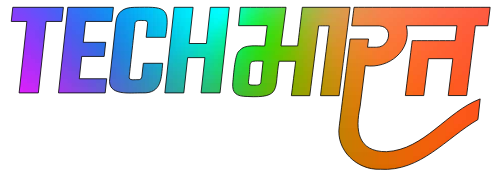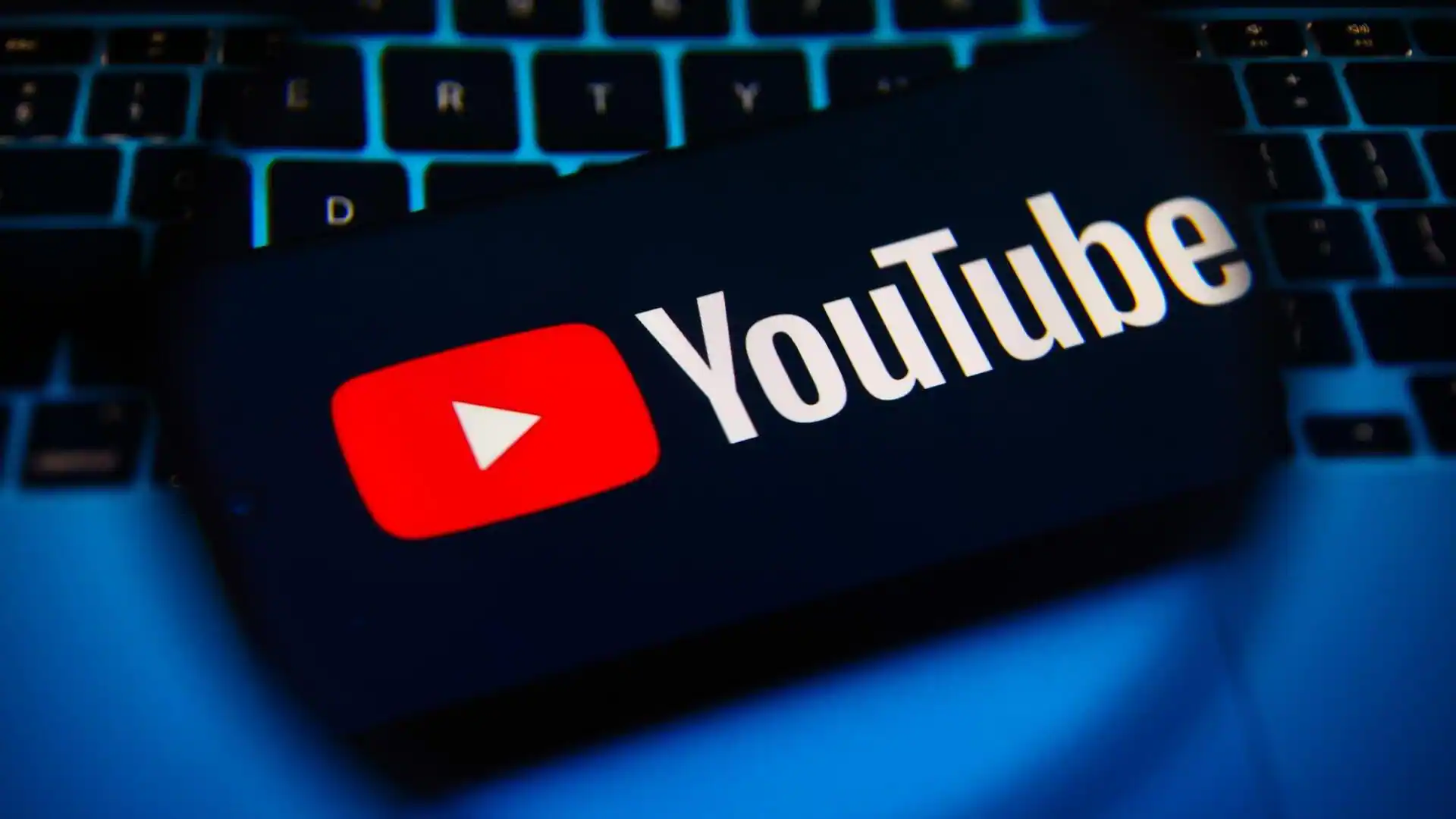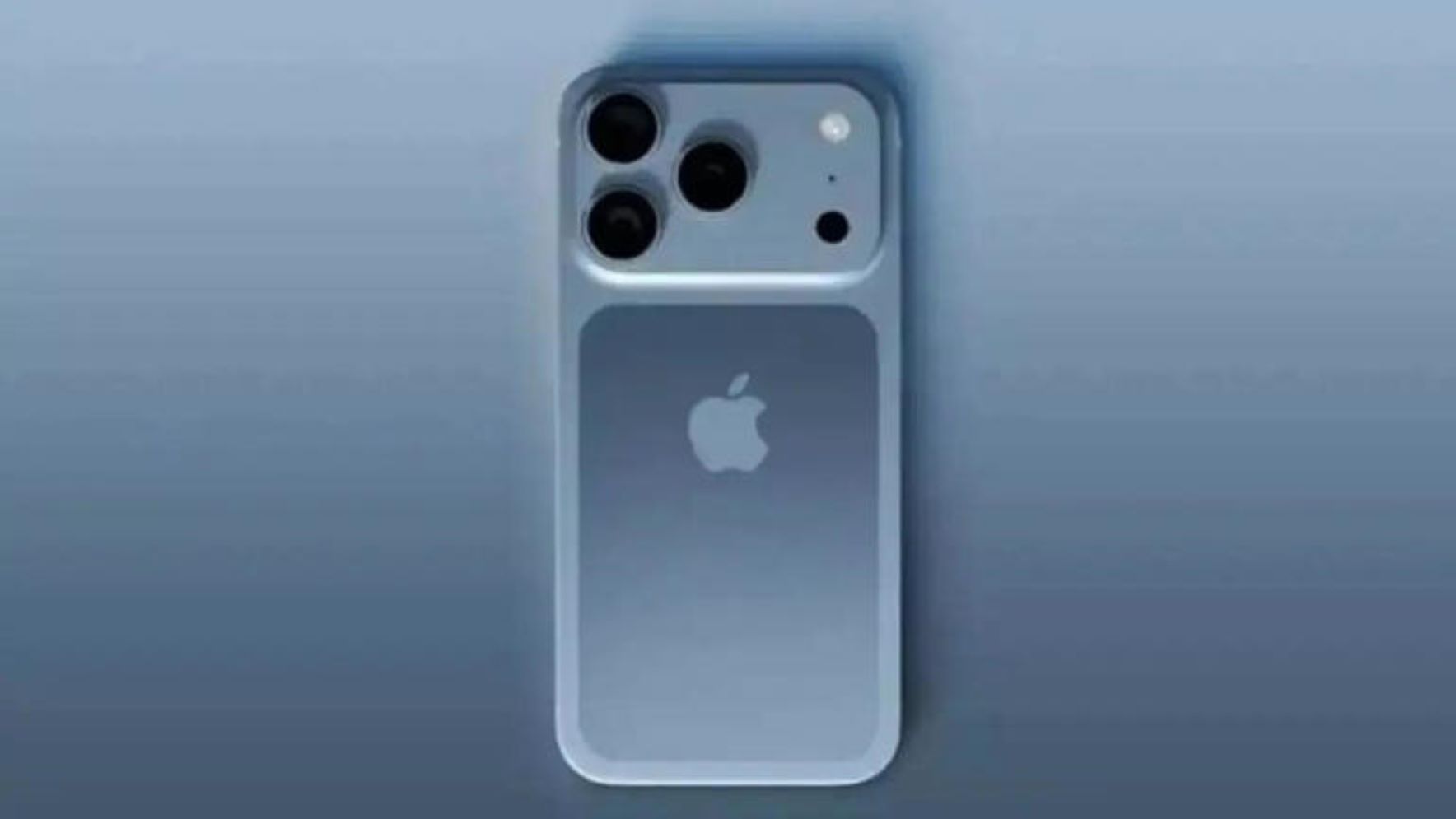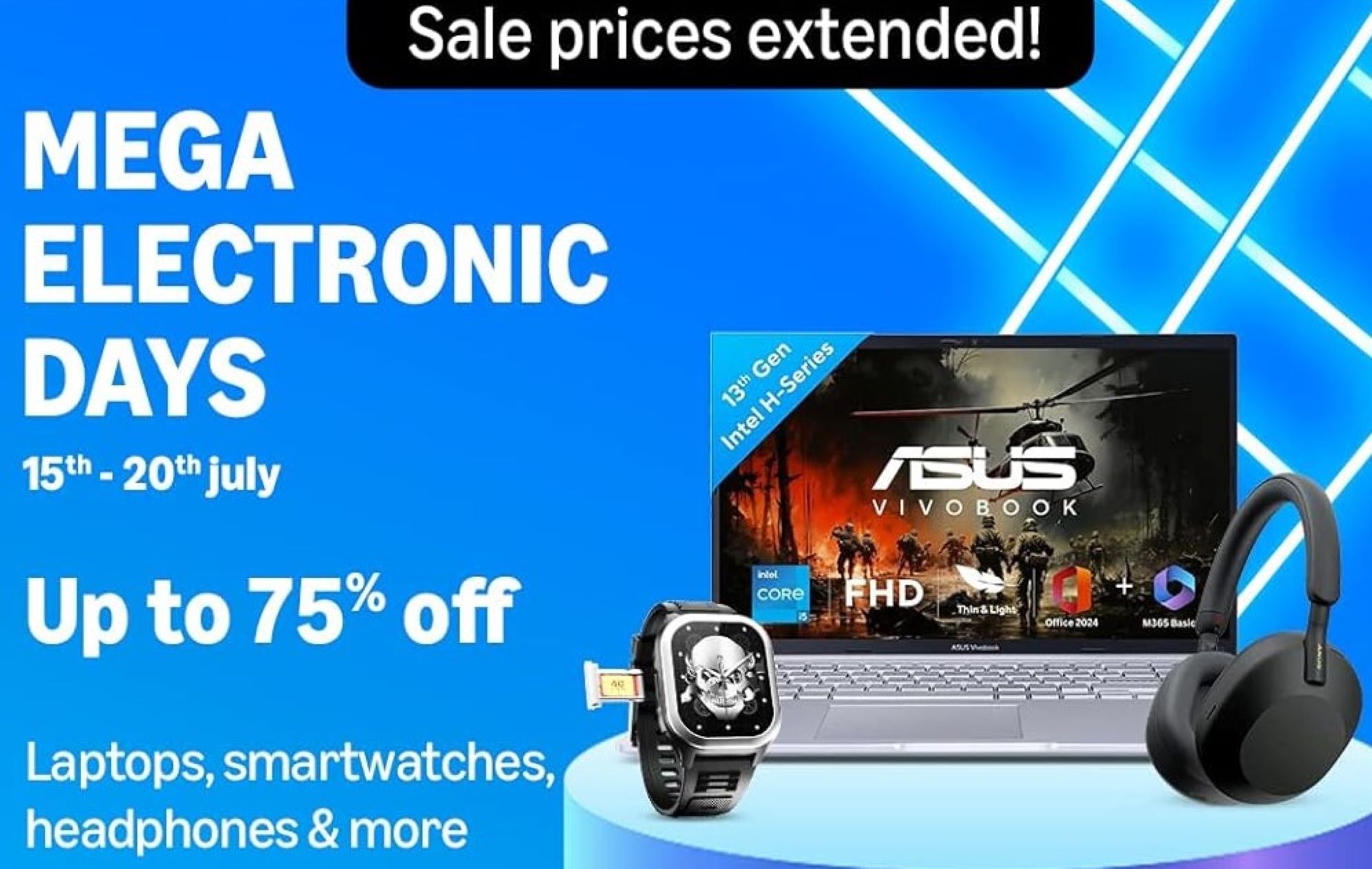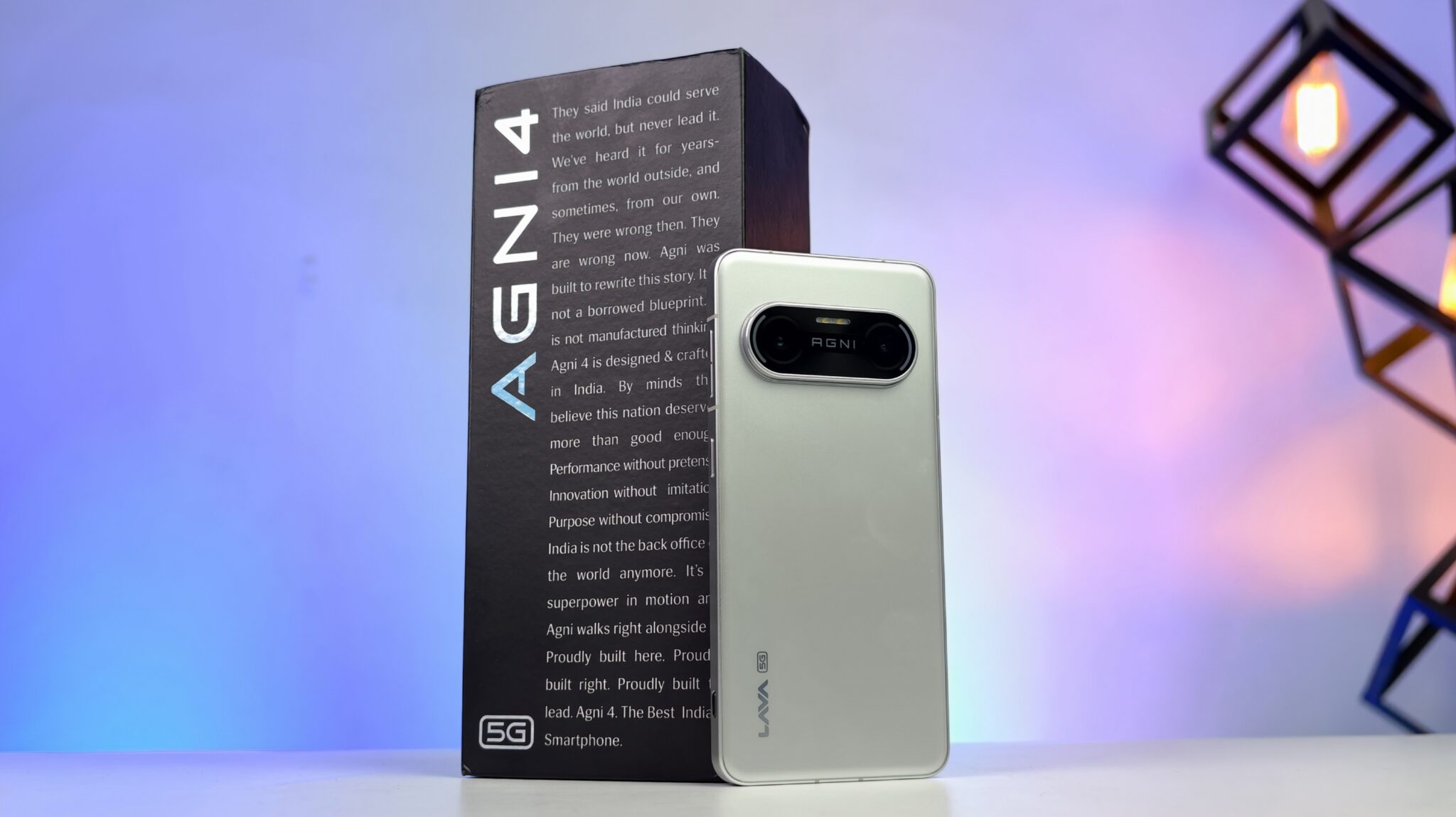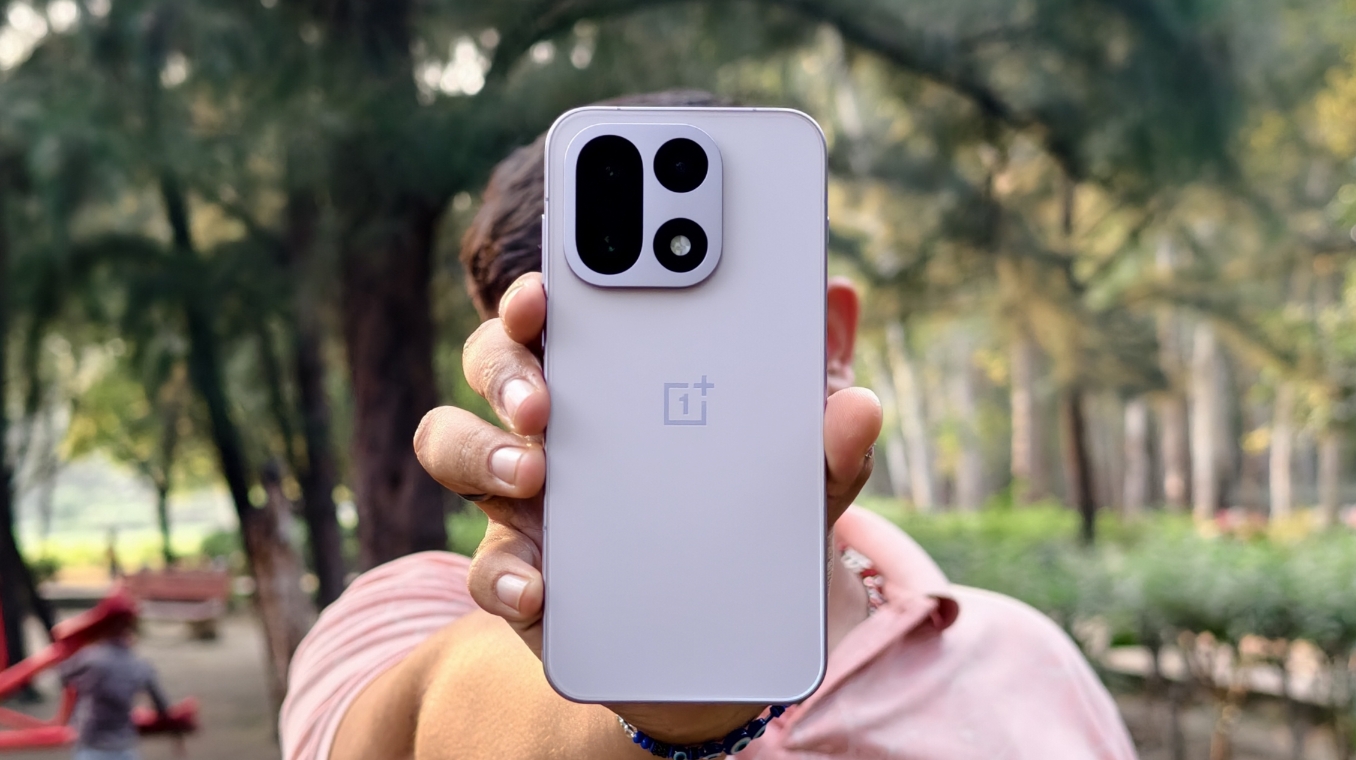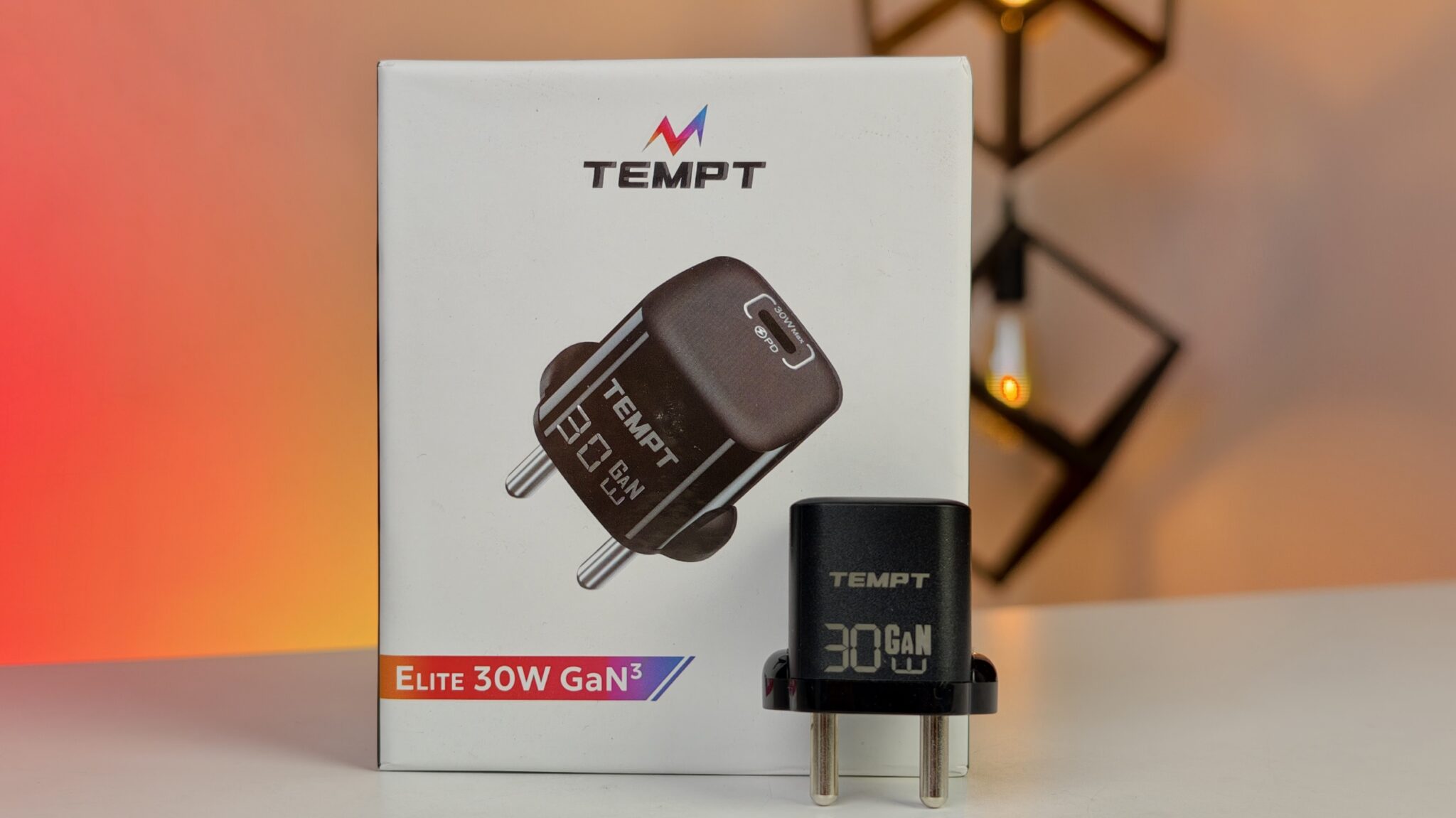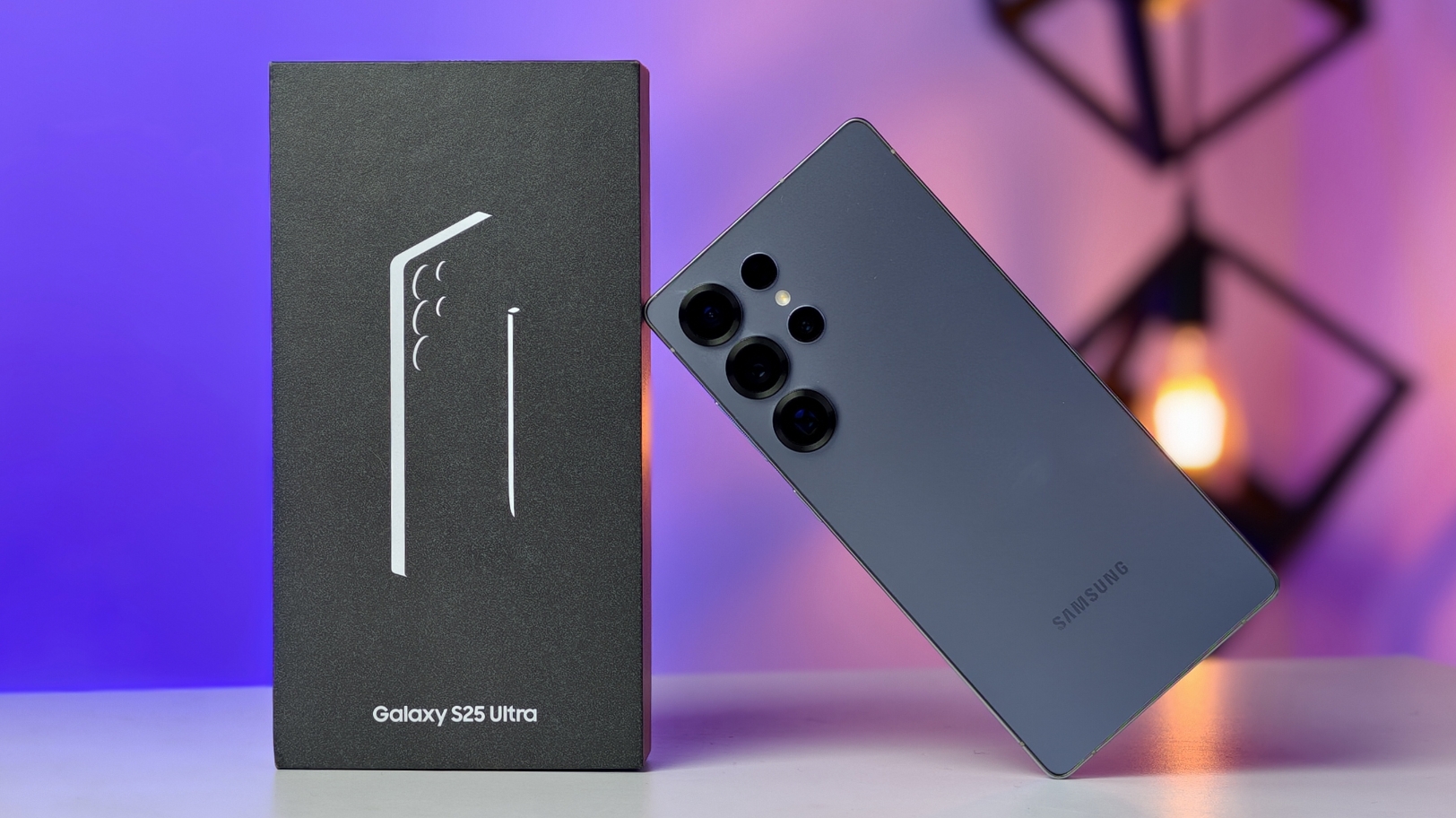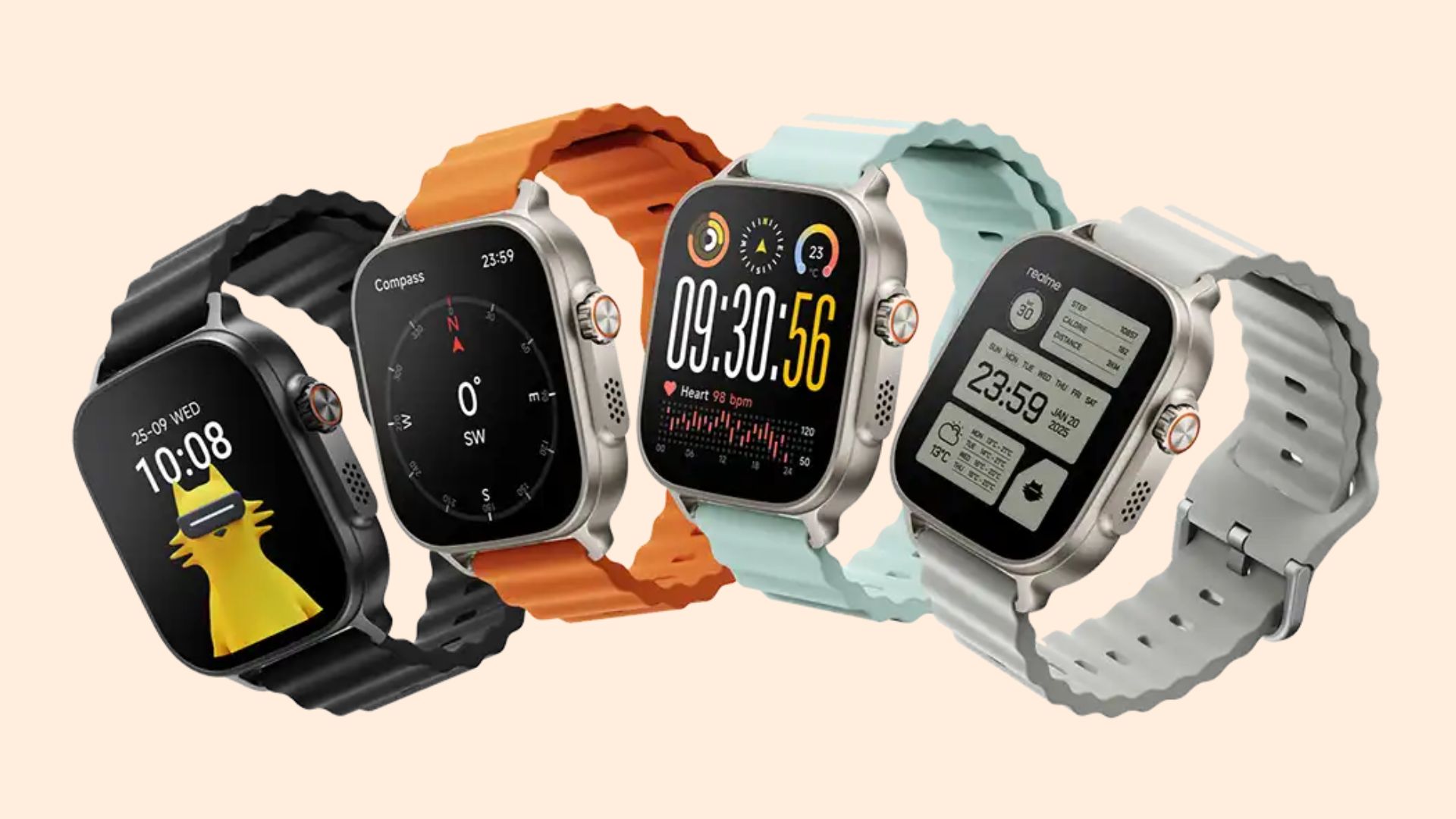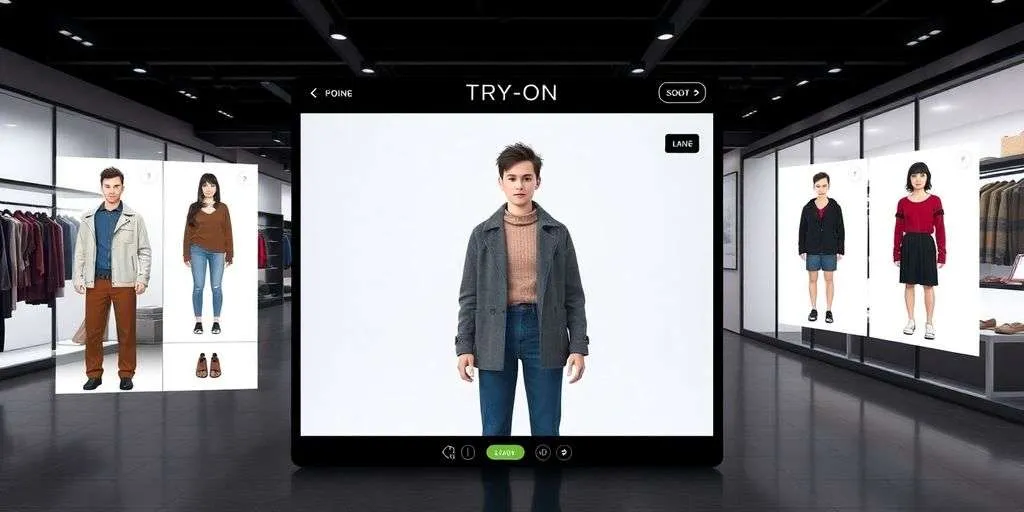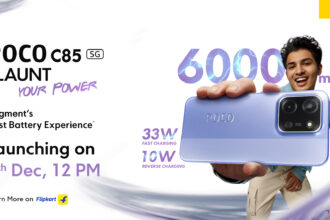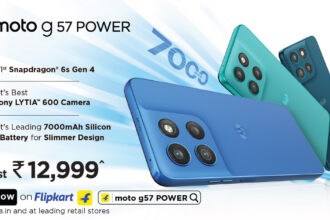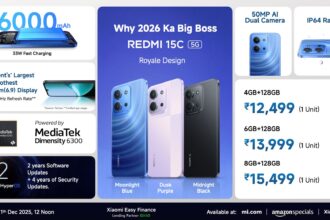YouTube is rolling out notable updates to its monetization rules under the YouTube Partner Program (YPP), effective today, July 15, 2025. These updates are centered on promoting original, authentic content—moving the spotlight away from mass-produced or formulaic videos. For creators, this means a closer look at how they craft and present their material if they want to stay monetized.
Key Takeaways:
- The term “repetitious content” is now formally renamed “inauthentic content.”
- Channels must now include significant original commentary, creative modifications, or clear educational or entertainment value.
- YouTube is aiming primarily at mass-produced material, such as templated slideshows, repetitive voiceovers, or auto-generated videos with minimal human input.
- The base eligibility criteria for YPP (1,000 subscribers and 4,000 valid public watch hours in 12 months, or 10 million valid Shorts views in 90 days) are staying the same.
- YouTube is not banning the use of AI or repurposed content, but creators need to show clear value added.
For years, YPP has served as the backbone of monetization for creators on YouTube, providing a way to earn revenue through ads, memberships, Super Chat, Super Stickers, and Super Thanks. But with the evolution of content—especially as AI tools become more prevalent—YouTube’s refining its approach. And this latest update? It’s more of a recalibration than a reset.
The term “inauthentic content,” which replaces “repetitious content,” feels more precise. YouTube is homing in on videos that, frankly, lack meaningful originality. Think: the same script narrated over slightly different stock images, or AI-driven listicles pumped out en masse. The goal is to discourage content that seems designed more to manipulate the algorithm than to actually engage an audience.
But—and this is important—it’s not about banning AI or reused footage outright. YouTube is making space for creative transformation. So, a reaction video? That’s fine, as long as the creator adds real commentary or context. Similarly, using AI to tell a story can be totally acceptable, provided there’s actual storytelling involved. On the flip side, a robotic voice reading text over b-roll footage without any personal input? That’s likely to be flagged.
Eligibility requirements for joining YPP remain unchanged. You still need either 1,000 subscribers with 4,000 valid public watch hours in the last year, or the same subscriber count plus 10 million valid public Shorts views in the past 90 days. What’s shifting is how strictly YouTube evaluates content during reviews—especially when it comes to originality and intent.
Creators in India—and everywhere else, really—are being encouraged to reflect on their content styles. The message from YouTube is clear: original voices matter. Whether you’re offering educational breakdowns, personal storytelling, or even just your own take on trending topics, that layer of authenticity could be the deciding factor in maintaining monetization.
YouTube is framing this as a minor policy update, but the implications might be broader than they appear at first glance. It’s a push toward curating higher-quality content and amplifying genuine creators over content farms. Channels flagged for violating the policy can be demonetized, but they’ll also have the chance to make changes and reapply once compliant.
FAQs:
Q1: What exactly counts as “mass-produced” or “repetitious” content under the new rules?
A1: This refers to videos that feel factory-made or reuse templates with little to no variation or creativity. Examples include AI-generated listicles, recycled slideshows with the same narration, or looped content that adds no new perspective.
Q2: Are AI-generated videos banned from monetization?
A2: No, they aren’t banned. But for monetization to be approved, creators must add substantial value—like thoughtful commentary, creative edits, or original storytelling. If it’s just AI reading text over stock footage, it’s probably going to get demonetized.
Q3: Do the subscriber and watch-time requirements for YPP change?
A3: Not at all. The thresholds remain the same: 1,000 subscribers and either 4,000 public watch hours in the past 12 months or 10 million Shorts views in the last 90 days. What’s changing is the scrutiny of your content during the monetization review.
Q4: What happens if my channel is flagged for inauthentic uploads?
A4: YouTube may demonetize your channel. This means features like ads and Super Chat will be disabled until you remove or revise the flagged content and reapply to the program.
Q5: Will reaction videos or clip compilations be automatically disqualified?
A5: Not necessarily. If the creator meaningfully transforms the content—by adding commentary, analysis, or personal insights—those videos may still qualify for monetization. Simple re-uploads or barely edited clips won’t make the cut.
